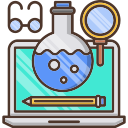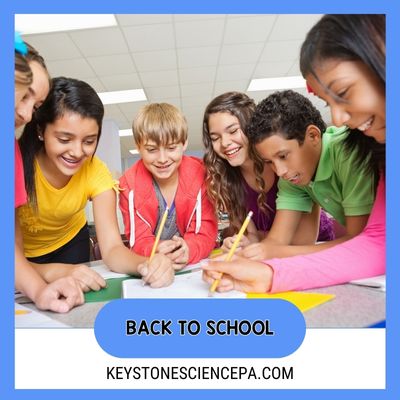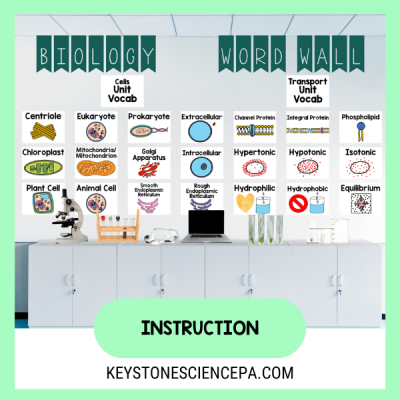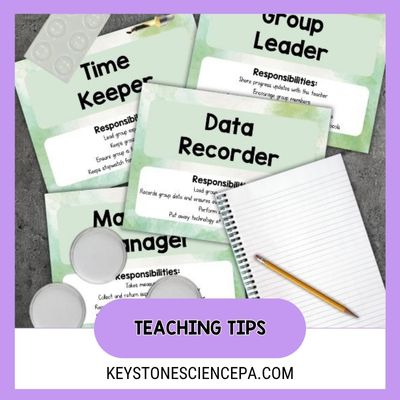The first week of school in your science classroom is packed with exciting opportunities! It’s not just about schedules and syllabi—it’s your chance to set the stage for a year full of growth, community, and success. By getting routines in place, building relationships, and jumpstarting key skills, you can create the foundation for an awesome classroom experience.
As a passionate biology teacher with over a decade of experience, I’ve developed a first week of school strategy that does exactly that. My approach focuses on setting clear norms, fostering a strong sense of community, and equipping students with essential skills—all while ensuring a smooth and engaging transition into the school year.
If you’re looking for a way to start the year that saves you time in the long run, keeps your students motivated, and creates a positive, lasting classroom culture, I’ve got you covered! In this guide, I’ll walk you step-by-step through my proven first week of school science classroom strategy, giving you the tools to inspire your students and set them up for success. Let’s make this your best first week yet!
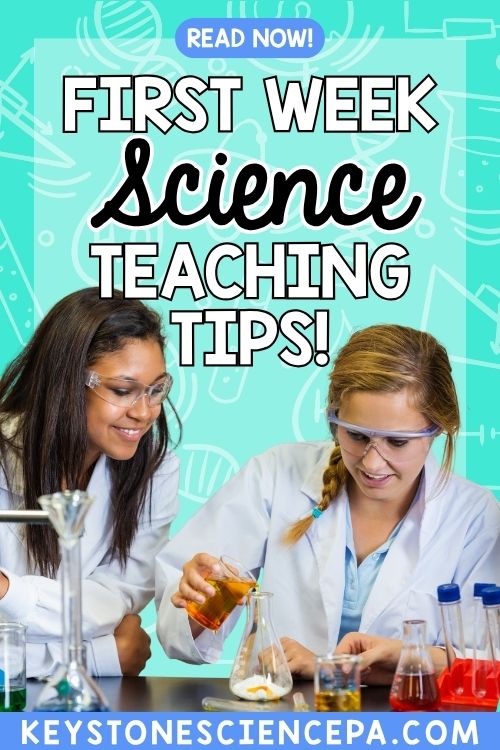
The First Week of School – Day One: Inquiry-Based Icebreakers
The Activity
From the moment my students walk through the door, I skip the traditional introductions and dive straight into an inquiry-driven activity called the Polar Bear Inquiry (I originally found this activity from Big Red Science so check out her blog post for all the details!). It’s a group task where they use dice and pattern recognition to uncover the “rules” that determine the number of polar bears and fish based on the roll of the dice. This activity helps students practice core scientific skills like asking questions, analyzing data, and spotting patterns—all while easing those first-day nerves.
Why It Works
This laid-back activity is a nice change from the usual icebreakers. It’s easy for everyone to jump into, gets students thinking and working together, and helps me set the stage for a more active, student-driven classroom. Most importantly, it gives them a glimpse of the inquiry-based learning they can look forward to in my class.
Key Takeaways for Teachers
- Engage students with hands-on, curiosity-driven activities from day one.
- Foster comfort in small groups before expanding into whole-class dynamics.
- Introduce core classroom routines subtly while students interact and explore.
Quick Tip: Help students build teamwork skills and boost their science knowledge by encouraging them to think about group dynamics, good manners, and smart problem-solving. Wrap up class by creating some simple group work ground rules together.
The First Week of School – Day Two: Crafting Classroom Norms
The Activity
I run a Classroom Norms and Expectations Activity using eight whiteboards placed around the room to encourage collaboration and shared ownership of our learning environment. Each whiteboard features a different sentence starter, such as “A great groupmate is someone who…” or “In this classroom, we learn best when…”. Students work in small groups, using sticky notes to write their responses and then placing them on the corresponding boards. They rotate between each station, building on the ideas of their classmates and generating a wide range of contributions. Once all groups have completed the rotation, we come together as a class to review their responses. Together, we identify common themes and consolidate their ideas into a set of shared norms and expectations that guide how we work together throughout the year. This process fosters a sense of community and ensures that every student feels their voice is heard.
Why It Works
This process lets students feel like they have a say in shaping our classroom environment. When their ideas matter, they’re more motivated to help build a respectful and supportive culture. Plus, this activity introduces key movement routines, like rotating through stations, which we’ll use a lot during the year. It also shows how we’ll use driving question boards to guide learning and discussions throughout the year. Check out the visual Canva template to walk you and your students through this activity (includes instructions in both English and Spanish).
Key Takeaways
- This activity gives students with a structured way to contribute to our classroom expectations.
- It gives the teacher the opportunity to connect with each student as they move through the stations.
- The shared expectations are used to create a visual that is posted prominently and referred to consistently.
Quick Tip: Involve students in decorating the visual of shared expectations—it not only reinforces their ownership but also makes it a central, engaging part of the classroom environment.
The First Week of School – Days Three to Five: Building Science Skills That Last
The rest of the week is all about building up those foundational science skills. I create fun, low-pressure activities to help students develop the key abilities they’ll need for the first unit—without making them feel stressed. Here’s how I tackle each day:
Day Three: Graphing Made Relevant
I love integrating graphing practice into my lessons, especially using real-world data or class-created data sets like shoe sizes or heights. It’s always rewarding to see my students dive into analyzing data, creating their own graphs, comparing bar and line graphs, and identifying key components like titles, axes, and data points. This hands-on approach not only sharpens their scientific skills but also builds their confidence in interpreting visual information.

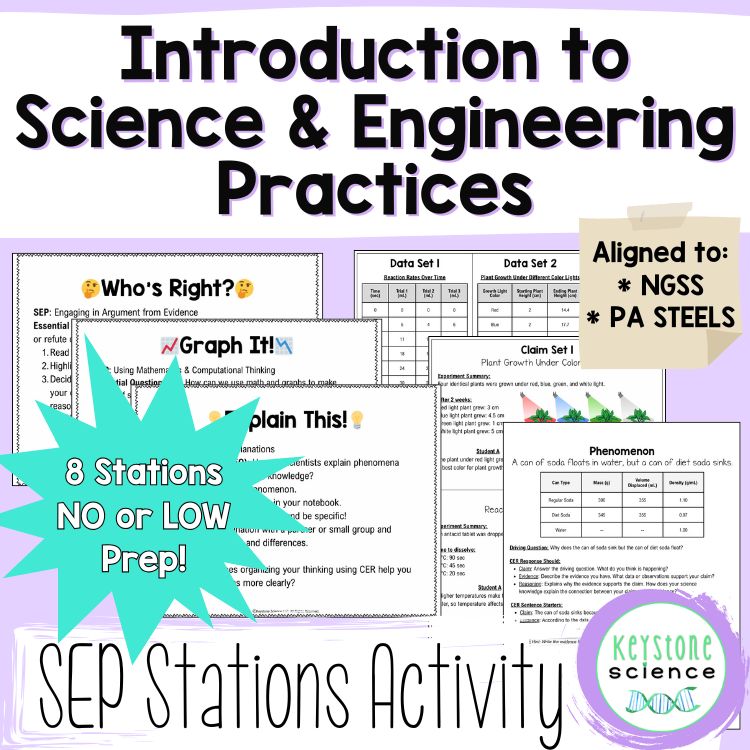
Day Four: Collaborative Claims and Reasoning
On day four, I walk my students through the Claim-Evidence-Reasoning (CER) writing process—a super useful skill for lab reports and assessments! I break it down into simple, easy-to-follow steps so everyone feels confident as we work on building their CER responses together. To keep things fun and low-pressure, I like to start with lighthearted topics, like favorite lunch options. It helps keep students engaged and excited before we dive into heavier material. It’s awesome to watch their confidence grow as they get the hang of this important skill!


Day Five: Diving Into Scientific Processes
I like to wrap up the week with fun scenarios that get my students thinking about how to design investigations (featured in the SEP stations below!). They don’t actually run the experiments, but they practice identifying variables, controls, and procedures, which sharpens their analytical skills while reviewing middle school basics like the scientific method (PPT and a fun paper towel inquiry lab below!). At the same time, I work on building their biology vocabulary by teaching prefixes, suffixes, and root words—a strategy I know will really help them handle tougher terms down the road.

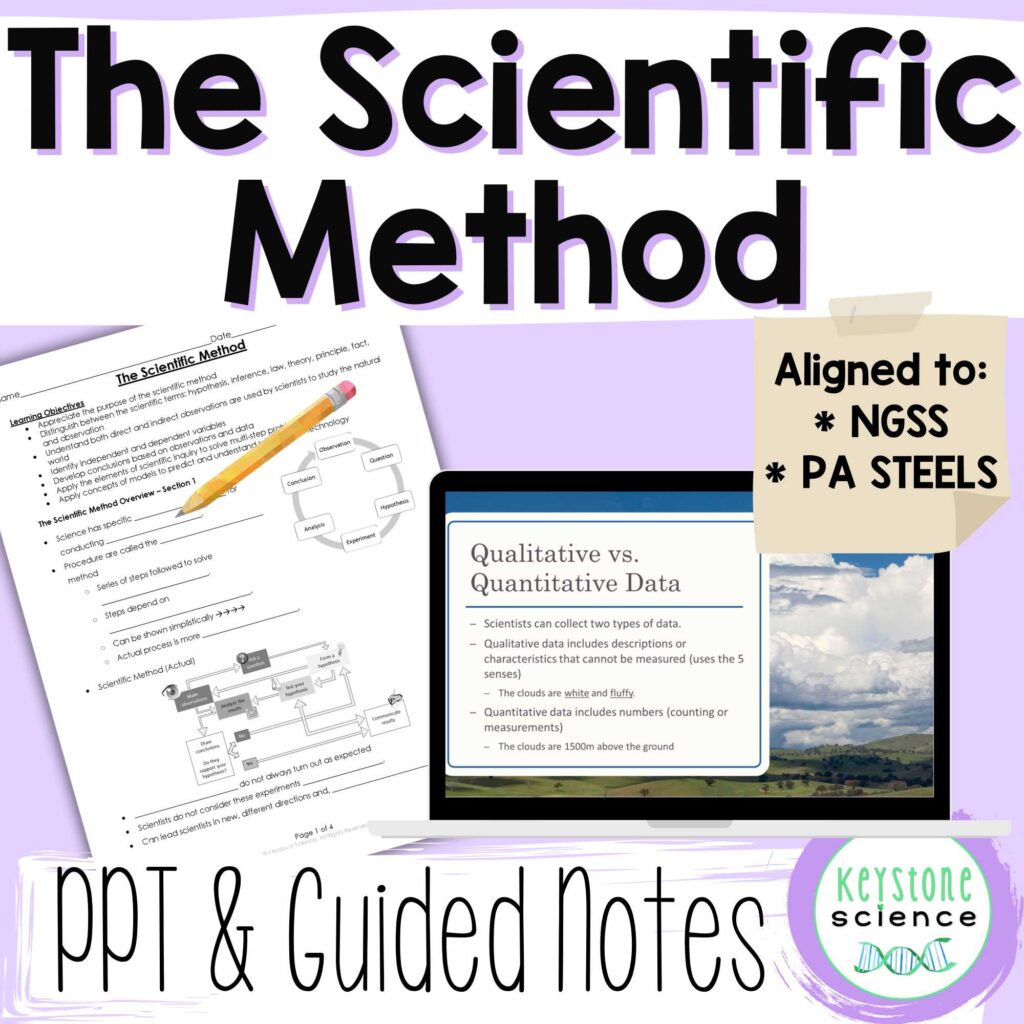

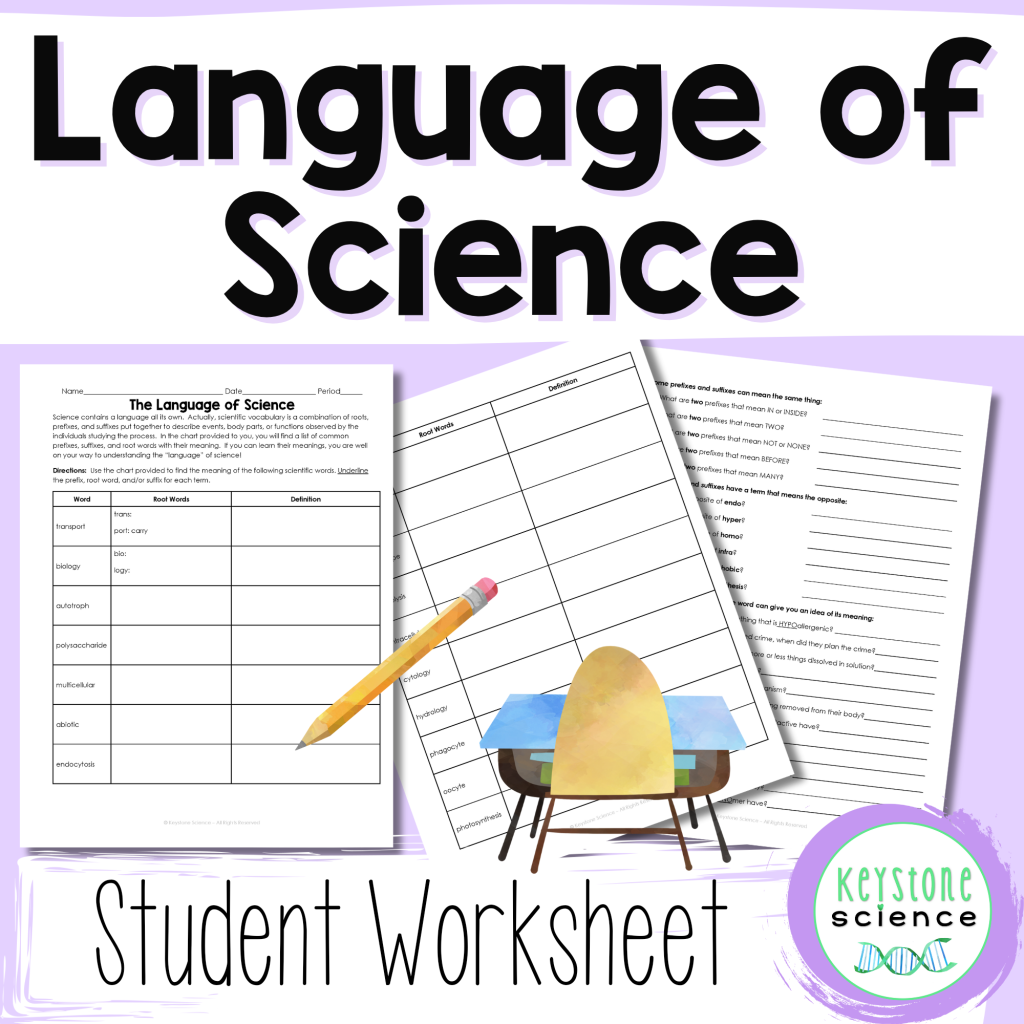
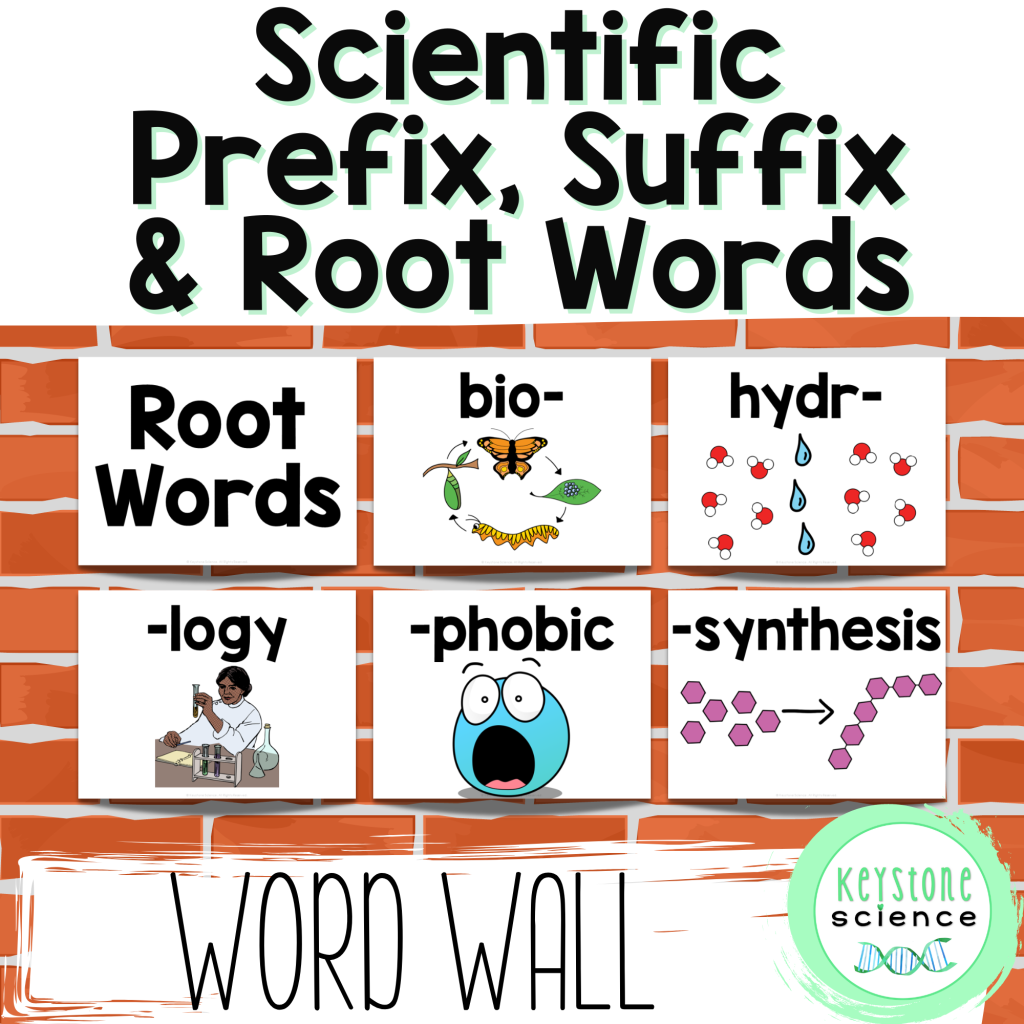
Why It Works
I like to save the tougher skills for later in the week so my students can dive into Unit 1 without feeling overwhelmed. By mixing in movement, collaboration, and challenges that actually make sense to them, I make sure they’re building confidence, getting familiar, and staying interested.
Key Takeaways for Teachers
- Tailor activities to skills crucial for your first unit—think graphing, CER writing, or process design.
- Choose real-world examples or fun scenarios to ease students into rigorous thinking.
- Introduce content seamlessly by linking it to low-stakes exploratory tasks.
Quick Tip: These days, I’m all about tweaking things to match student interests. One time, I even came up with a Rubik’s cube activity for a class that was super into puzzles!
Why This Approach Works
My strategy for the first week focuses on balancing structure, engagement, and preparation for the first unit of content.
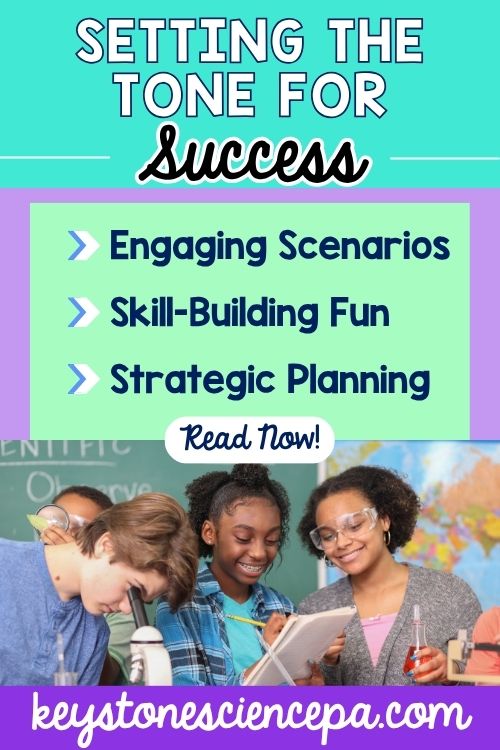
By setting clear expectations and teaching skills early on, I save us all from having to go over things again and again later. This way, students feel more confident, and the classroom runs smoother, leaving us with more time to dive into meaningful, content-focused learning.
The Big Benefits
Time Savings: Invest up front to prevent wasted time reteaching routines, skills, or expectations later.
Formative Assessment: Observe student strengths, classroom dynamics, and skill levels from the start.
Confidence Building: Scaffolded activities allow students to ease into tasks without intimidation.
Community Growth: Collaborative exercises foster trust and mutual respect across the entire classroom.
Reflection and Planning for Your Classroom
The first week of school can sometimes feel like a rush to just dive into teaching, but I’ve realized that taking the time to build a strong foundation is totally worth it. By focusing on some solid planning, I can set up the classroom culture, key skills, and routines that make the rest of the year so much easier.
Here’s what I like to ask myself:
- What routines or norms will be most important for my students in the first unit of the year?
- What skills or procedures did previous classes struggle with?
- How can I design activities that are both fun and skill-building?
- What tools or practices can I use to help my students feel confident from day one?
Your Next Steps
With thoughtful preparation, I know I can create a first week of school that inspires, equips, and excites both me and my students! If you want to hear more about my first week of school plus access to all the resource mentioned here, check out my quick PD video at this site.
If you’re looking for more inspiration for the first week of school, check out some of these other blog posts:
- 3D Learning in the Science Classroom
- 12 Essential Classroom Systems and Stations for the Secondary Science Class
- Setting Up Your Classroom for a Successful Year
Good luck to everyone heading into their first week back! If this approach gave you some ideas or you’re looking for more inspiration, check out the resources at Keystone Science. Wishing you an easy and successful start to the school year!
Let’s Connect!
💡Feel free to explore Keystone Science for ready-to-use high school biology & ecology NGSS aligned notes and activities.
💡Subscribe to my email list for weekly tips direct to your inbox.
💡Follow me on Instagram for daily tips, motivation, and facts you can use in your classroom!
🌟Share in the comments or email me directly 👉🏻 [email protected]


